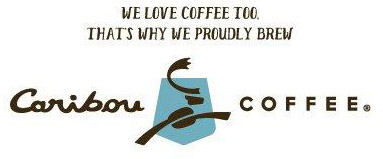We are often advised to check food labels to help us make informed meal decisions. Here are a few tips to assist you in understanding the most important information on your food labels.
Serving Size and Number of Servings per Container. Always start with the serving size. If you are trying to manage your weight, it’s important to monitor how many servings you are actually consuming.
Calories. This number is the total calories in one serving (including calories from fat, saturated fat, cholesterol and sodium). A calorie is a measure of the amount of energy a food provides to our body. For most of us, 30% of our daily calories should come from fat (with most of those coming from unsaturated fats). Approximately 60% of our calories should come from carbohydrates. Most of us require between 2,000 and 2,500 calories per day, but caloric intake should be tailored to individual needs.
Carbohydrates, Fiber and Sugar. Carbohydrates are listed on labels, as well as the amount of fiber and sugar that make up those carbohydrates. Fruits, vegetables and whole grains are among the best sources for carbohydrates as they contain fiber, vitamins and minerals. It’s best to pick foods that have at least three grams of fiber per serving. Depending on your age, many health professionals recommend over 20 grams of fiber per day. Dietary fiber is not digested or absorbed by the body; it provides no calories but helps you feel full. Another benefit of fiber is that it is not digested, so it helps keep your digestive system healthy. Be careful with sugar. Foods such as candy, soda, jelly and syrup will pile on the added sugar.
Daily Values (DVs). Depending on the packaging, you may see DVs for both 2,000 and 2,500 calorie diets. DVs show the percentage of the nutrient value that a particular food provides (based on the total calorie diet shown on the label). You may need to adjust the percentages to match your individual caloric requirements.
Products that come in smaller packaging don’t always have to include labels or can use abbreviated versions. However, the products must indicate where the information can be found.
Food labels can seem confusing with all of the data contained in such a small area, but understanding the key points is important. Use this information to your advantage and build a healthy diet with the knowledge within food labels plastic swimming pool for sale.












